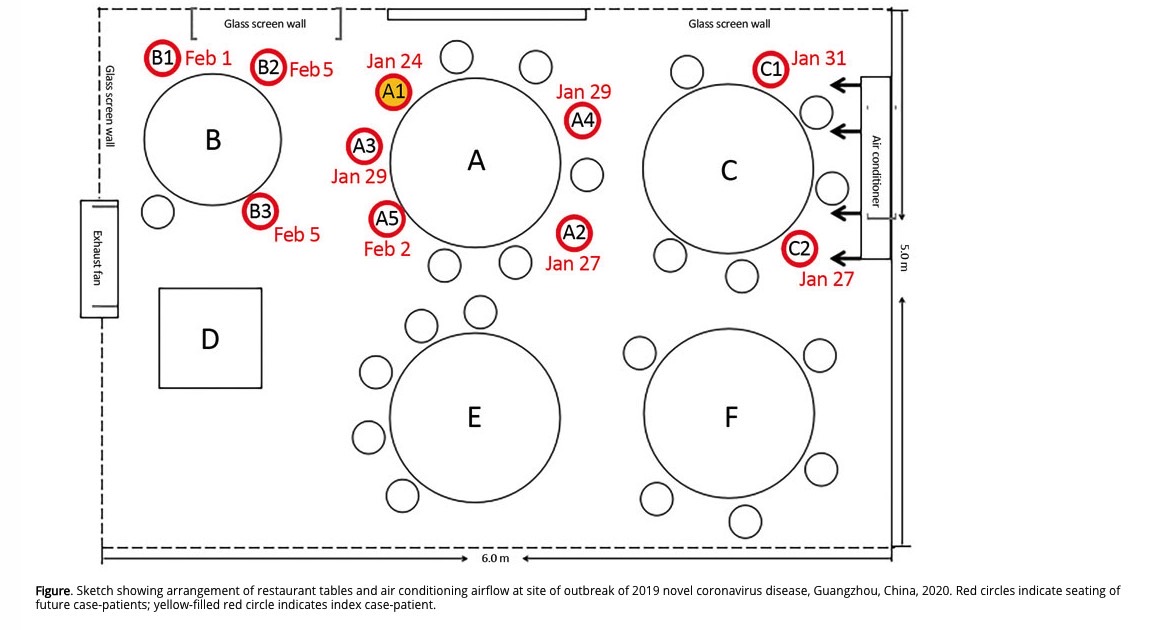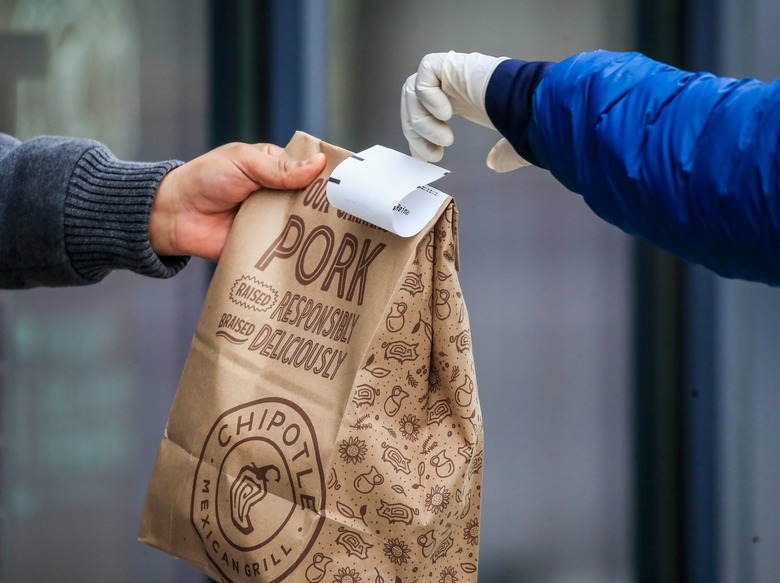Scary Coronavirus Study Says We Won't Be Eating In Restaurants Anytime Soon
- The novel coronavirus can spread with ease in a confined space like a restaurant, new research shows.
- By tracing the contacts of several COVID-19 patients in China, researchers were able to determine that a single person was responsible for infecting two other families.
- All three families were eating in a restaurant at the same time, spending at least 53 minutes in close vicinity.
- Visit BGR's homepage for more stories.
Social distancing measures are still in place in various countries around the world that have been working on "flattening the curve" in the past few weeks. Reducing the transmission speed of the novel coronavirus is essential and it's the only way to ensure that hospitals have time to treat severe cases while studying potential cures and vaccines. But some governments are already contemplating measures that would allow the population to returned to a version of normal. Restrictions will be loosened, but not all the social distancing measures will be lifted.
A second wave o COVID-19 is expected in the fall, and outbreaks can occur without notice even sooner than that if specific guidelines aren't respected. Fast testing and contact tracing policies will have to be part of our lives in the coming weeks and months. Improved personal hygiene, the use of face masks, and some social distancing measures will also still be required. You'll be advised or required to avoid gatherings for some time to come, so you can forget all about sporting events or theaters. And if this new study is accurate, even going to your favorite restaurant might be out of the question for the near future.
We saw a variety of studies that showed that the SARS-CoV-2 can travel well beyond the 3 to 6 feet (1-2 meters) that are deemed as a safe distance by the WHO or CDC, depending on who you ask. Research showed that the virus can travel up to 13 feet in a controlled environment like a hospital ward where COVID-19 patients are treated. Others studied the movement of droplets that carry the virus and said smaller droplets might evaporate faster than hitting the ground or other surfaces, allowing the virus to float in aerosols in the air for a more extended period.

The image above comes from a study from China that traced the infections of three families labeled A, B, and C who were sitting more than 3 feet (1 meter) apart in a Chinese restaurant that was ventilated with air conditioning. The study, published on the CDC site, said that person A1 came from Wuhan to Guangzhou on January 24th and went to lunch with three family members at the restaurant.
Patient A1 experienced COVID-19 symptoms that afternoon and went to a hospital. By February 5th, a total of 9 other people identified in the image above were confirmed to have gotten the disease. The working hypothesis is that person A1 infected at least one person at each of the other tables via droplets that were carried by the flow of the air conditioning in the room:
Restaurant X is an air-conditioned, 5-floor building without windows. The third floor dining area occupies 145 m2; each floor has its own air conditioner (Figure). The distance between each table is about 1 m [3 feet]. Families A and B were each seated for an overlapping period of 53 minutes and families A and C for an overlapping period of 73 minutes. The air outlet and the return air inlet for the central air conditioner were located above table C (Figure, [above]).
In total, there were 91 people in the building, including 83 people who ate lunch on the third floor. Of those, just 10 became ill while 73 were quarantined after being identified as close contacts. Of note, this study also shows why contact tracing is essential and how it's done right.
The main conclusion is that the virus may travel well over the 3-6 feet you hear about in reports with the help of air conditioning, and that may be a significant problem for any sort of business that involves huge crowds of people who're not wearing masks.
Virus transmission in this outbreak cannot be explained by droplet transmission alone. Larger respiratory droplets (>5 μm) remain in the air for only a short time and travel only short distances, generally <1 m [3 feet]. The distances between patient A1 and persons at other tables, especially those at table C, were all >1 m [3 feet]. However, strong airflow from the air conditioner could have propagated droplets from table C to table A, then to table B, and then back to table C (Figure).
If you go to a restaurant to eat, wearing a face mask isn't possible. The researchers say that measures like temperature monitoring, increasing the distance between tables, and improving ventilation may help prevent transmission. But additional research might be required to explain exactly how far away tables should be placed, and how airflow should be controlled in air-conditioned rooms.
Until you go back to your favorite restaurants, you can and should support it by ordering food if they're still doing deliveries during the lockdown. It's perfectly safe to get food from restaurants.
